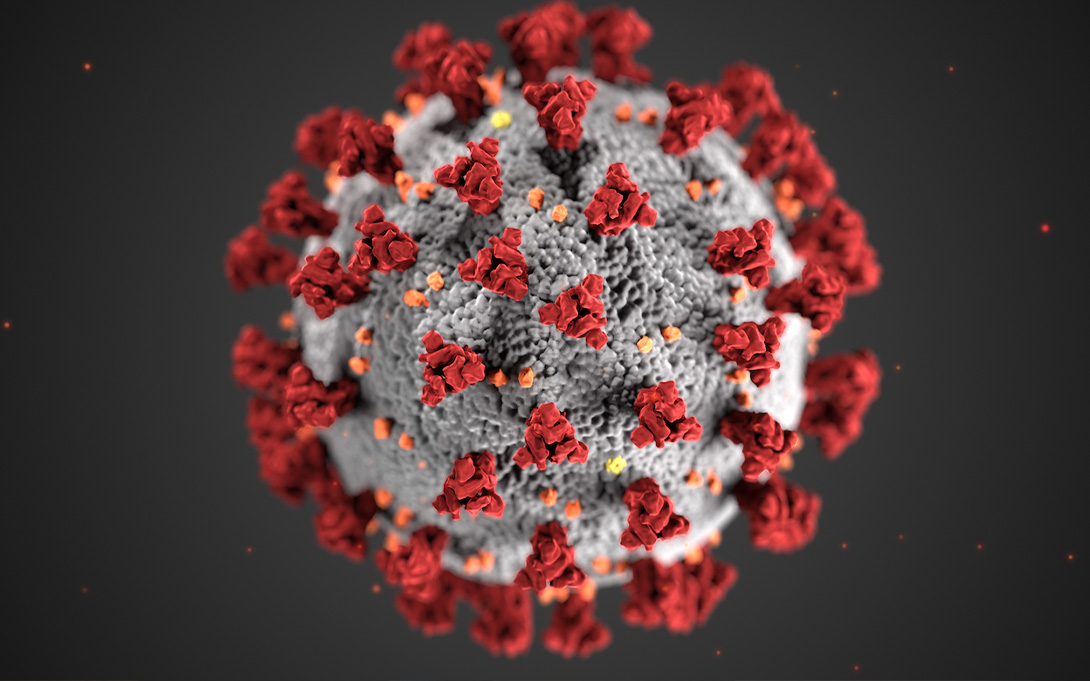
The World Health Organization declared of an end to the COVID-19 pandemic’s global public health emergency status on May 5, 2023. On May 11, many of the U.S. federal pandemic-related public health and economic actions came to an end. Ford School professor Paula Lantz argues that the U.S. government actions can hamper both the short-term fight against a disease that still causes death and illness, and the long-term pursuit of health equity issues exposed by the pandemic.
In a commentary in the Milbank Quarterly, “The Off-Ramp from COVID-19 Public Health Emergency Orders: Are We on a Road Forward or a U-Turn?,” Lantz writes, “The sunsetting of emergency declarations and orders, while signaling a decrease in the turmoil caused by COVID-19, does not mean the pandemic is over in the United States or globally.”
She notes that the Biden Administration’s Emergency Transition Roadmap prioritizes rapid sharing of scientific results, a new Vaccines for Adults program for the uninsured, FDA approval of new treatments, and strengthening CDC operations, workforce, and legal authorities, yet she worries, “this roadmap is steering us toward a high level of endemic disease and away from the stronger local public health infrastructure and social policies needed to actually end the pandemic and improve population health.”
Disease still poses a threat. The SARS-CoV-2 virus is still in circulation, and could mutate to infect a population which has waning immunity, as vaccination rates decline. Lantz writes that even with lower rates of infection and death, nevertheless approximately 39,000 people died from COVID-19 in the first 4 months of 2023, “a number that rivals drug overdose deaths.”
Further, Lantz posits that the U.S. may not be “doing enough outside of vaccination and treatment to thwart the effects of the ongoing pandemic on population health… Our historically under-resourced public health system and its workforce at the local, state, and federal levels is in further shambles from the pandemic.”
The “post-pandemic” roadmap also ignores larger issues that contribute to health inequity. “The provision of public goods such as education, food, water, housing, and health insurance should be secured before, during, and after a pandemic.” She cites the enhancements to the Child Tax Credit and Earned Income Tax Credit programs during 2021 which led to an immediate and historic decrease in child poverty as an example.
She concludes, “There is no question that the global public health threat from COVID-19 has been significantly mitigated and we are in a welcomed new phase of the pandemic However, current levels of COVID-19 incidence, mortality, and vaccination in the United States remain alarming as public supports related to core social and economic drivers of health is ending for millions of Americans. The COVID-19 roadmap forward should be aimed toward low rates of endemic disease, strengthened public health infrastructure and authority, and progress in poverty prevention, health insurance coverage, sick leave, and other health-related policies. An off-ramp from public health emergency orders that makes a U-turn would be an even greater tragedy for population health.”
You can read the entire commentary here.
